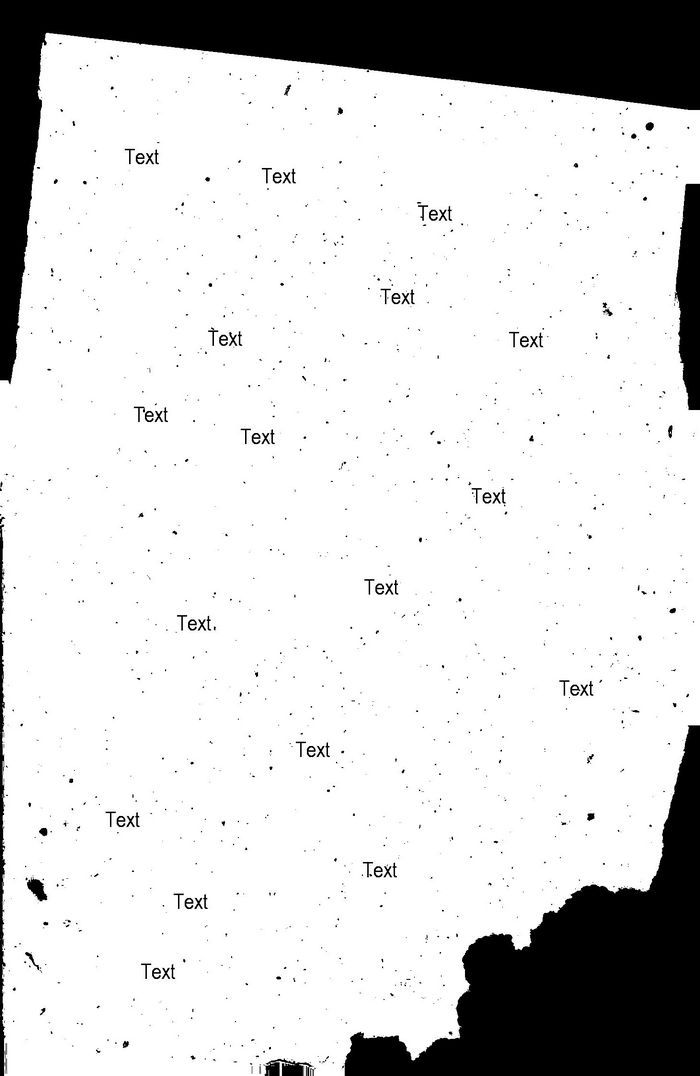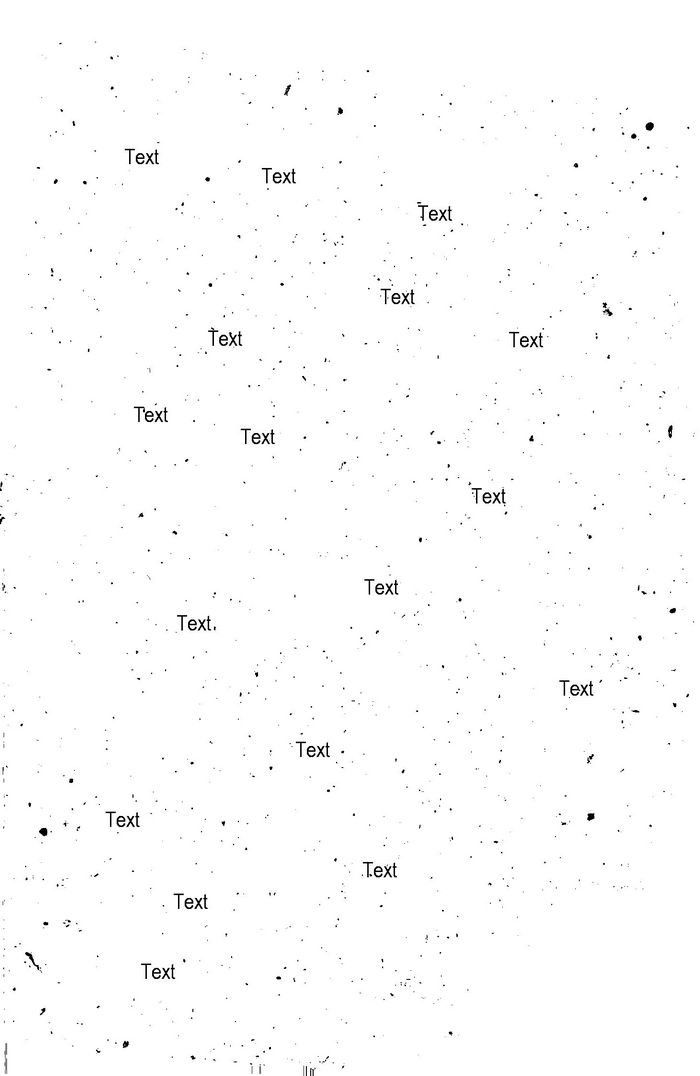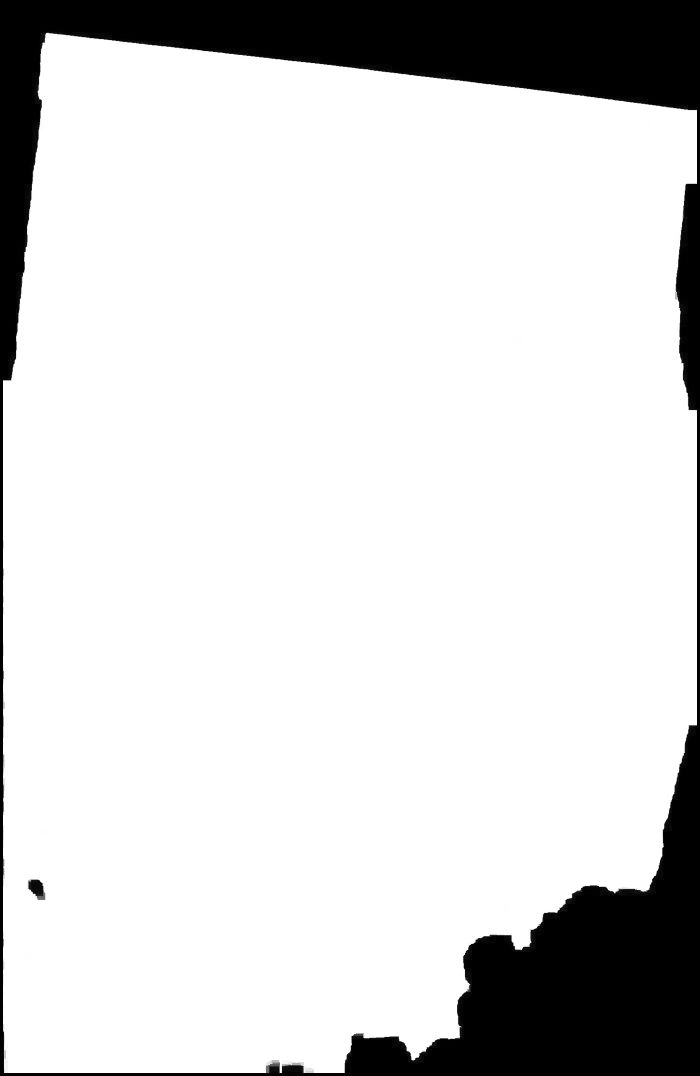| Author |
 Topic Topic  |
|
|
graph_man
  
328 Posts |
 Posted - Dec 25 2018 : 13:54:53 Posted - Dec 25 2018 : 13:54:53


|
Hello,
Could you add new feature which can work as "Remove Isolated Pixels" but automatically select and delete areas that contain MORE than a certain number of pixels.
My task is to clear black areas in attached file (file-1) to get result (file-2).

 |
|
|
xequte
    
39285 Posts |
 Posted - Dec 25 2018 : 20:43:57 Posted - Dec 25 2018 : 20:43:57


|
Hi
I'll look into this when we are back in the office.
Nigel
Xequte Software
www.imageen.com
|
 |
|
|
graph_man
  
328 Posts |
 Posted - Dec 26 2018 : 03:31:58 Posted - Dec 26 2018 : 03:31:58


|
| Thanks |
 |
|
|
xequte
    
39285 Posts |
|
|
graph_man
  
328 Posts |
 Posted - Jan 08 2019 : 07:06:23 Posted - Jan 08 2019 : 07:06:23


|
| I need to do that automatically (for all big areas). |
 |
|
|
graph_man
  
328 Posts |
 Posted - Jan 08 2019 : 07:08:38 Posted - Jan 08 2019 : 07:08:38


|
I should work like "Remove Isolated Pixels" but
remove "if number of pixels more" instead of "if number of pixels less". |
 |
|
|
spetric
  
Croatia
308 Posts |
 Posted - Jan 08 2019 : 07:48:02 Posted - Jan 08 2019 : 07:48:02


|
You can apply morphological filter (dilate or close) with window size 3 or 4.
on some grayscale or binary copy of your image. It will remove everything inside that white "paper". Then, use that new image as a mask to copy data from original image, covered by the mask, to some new white image. |
 |
|
|
graph_man
  
328 Posts |
 Posted - Jan 08 2019 : 07:54:56 Posted - Jan 08 2019 : 07:54:56


|
> It will remove everything inside that white "paper".
I need to remove big black areas only and stay text without changes. |
 |
|
|
graph_man
  
328 Posts |
 Posted - Jan 08 2019 : 07:57:09 Posted - Jan 08 2019 : 07:57:09


|
> You can apply morphological filter
What command I need to use for that? |
 |
|
|
spetric
  
Croatia
308 Posts |
 Posted - Jan 08 2019 : 08:06:14 Posted - Jan 08 2019 : 08:06:14


|
Yes, I know, but you can use that image as a mask
Here is an output of close operation with window 3:

Now, you can use that image as a mask, to copy a part of original image, covered by the mask, to some new white image. The algorithm should look like this:
1) make a copy of original image (origImg -> maskImg)
2) perform closing operation on maskImg.
3) create a new image and fill it with white (destImg).
4) copy origImage using maskImg to destImg.
For the last step, you can use origImg->CopyWithMask2(destImg, SelectionMask);
SelectionMask can be created from maskImg.
You can find close filter in TImageEnProc.Closing. |
 |
|
|
graph_man
  
328 Posts |
 Posted - Jan 08 2019 : 08:54:04 Posted - Jan 08 2019 : 08:54:04


|
| Thank you. |
 |
|
| |
 Topic Topic  |
|